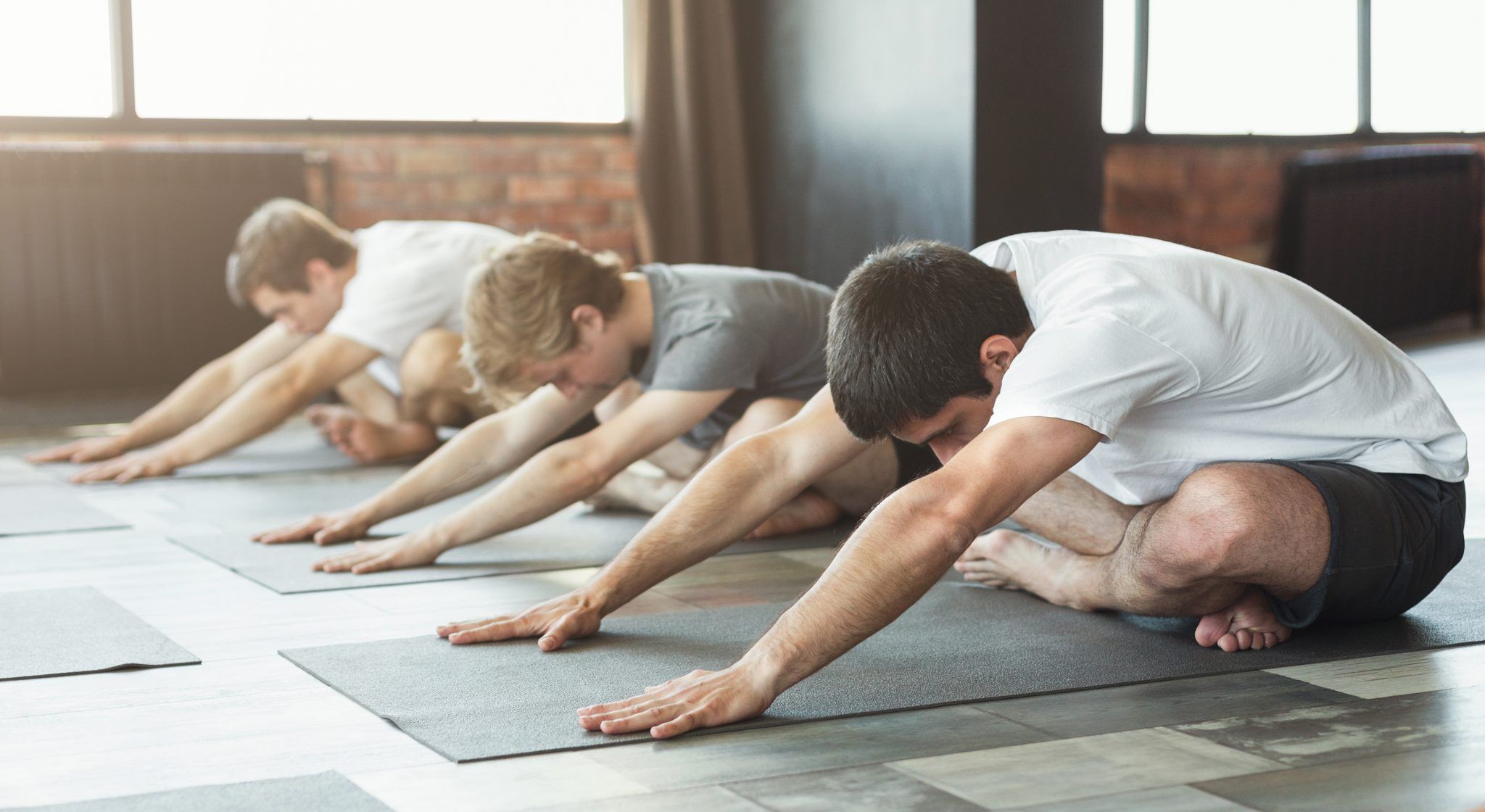When it comes to lifting weights, you probably think you’ve got it covered
However, you could be forgetting a crucial muscle group. Most men aren’t aware they have a pelvic floor, and probably just assume it’s a woman’s issue.
Don’t make this mistake – it’s hugely important to strengthen your pelvic floor. It’s responsible for a healthy bladder, bowel and functioning of the crown jewels.
A pelvic health expert with Kegel8, Stephanie Taylor told JOE why men should introduce pelvic floor exercises into their fitness regime.
JOE: Most men won’t know what their pelvic floor is – can you explain?
Taylor: “Your pelvic floor is a group of muscles which support your bladder and bowel. It wraps around your prostate gland and the inner parts of your penis, stretching from your back passage to your pubic bones.
“Most men don’t realise pelvic floor (or Kegel) exercise is important for their health and wellbeing, just as it is for women.”
How is the pelvic floor affected by everyday life?
“In regular gym-goers, the muscles can be too tight, resulting in a hypertonic pelvic floor – permanent tightening of the muscles which can lead to severe pain in the rectum, genital area and even the lower back.”
 A group of guys demonstrate pelvic floor exercise at the gym
A group of guys demonstrate pelvic floor exercise at the gymWhat can be gained from training this area?
“Working out your pelvic floor has many benefits which you may not know about.
“Keeping everything down below in the right place, strong pelvic muscles can improve your performance in the bedroom by encouraging more blood flow to the area.
“Another benefit of working your pelvic floor is you’ll help keep embarrassing leaks at bay…or be able to nip them in the bud before they become a serious problem.”
How can pelvic floor exercises be implemented into a workout plan?
“The good news for those with a packed workout schedule is pelvic floor exercises are quick and easy to incorporate into your daily routine.
“First, you need to locate your pelvic floor to develop a mind-muscle connection.”
Arnold Schwarzenegger was a huge proponent of this in helping him recruit maximum muscle fibres – and it’s no different with this kind of exercise, Taylor says.
“Clench the muscles around your back passage as if you’re holding in wind. Next, tighten the muscles around the urethra, as if you were trying to stop urinating. Voila, these are your pelvic floor muscles.”
 Strengthening the pelvic floor is as important to your health as building your biceps
Strengthening the pelvic floor is as important to your health as building your bicepsThe NHS suggest these following form tips for training your pelvic floor:
- Close up the muscles around your back passage, as if you are trying to stop passing wind
- Make sure that you do not contract your buttock muscles while you do this
- Now close and draw up the muscles around your urethra, as though you are trying to stop the flow of urine
- Try not to hold your breath and breathe normally
- Pull upwards and count how long you can hold the squeeze
- If you can hold for a count of 10, relax for a count of 10
- Repeat this until you feel tired
- Over time you should be able to increase the length of time you can hold for.
How can you progress on this exercise?
“Start with ten reps and gradually increase as you get stronger, in the same way you would do for other muscles.
“Manual exercises are a great way to start strengthen your pelvic floor. However, the average person is only able to recruit 40 percent of their pelvic floor muscles in this way. Using an electronic pelvic toner can reach 90 percent by sending small, painless electrical currents directly to the muscles, contracting and releasing them for you.”
Read more from JOE:
- A bedtime protein shake will boost muscle gains without adding fat
- The top 10 vegan protein sources for gaining muscle mass
- Eddie Hall shares his favourite exercise for gaining power and strength
- Don’t have the time to train? Give this 10 minute workout a go
- This American football player is 1.6% body fat – we asked a doctor if that is healthy





















































